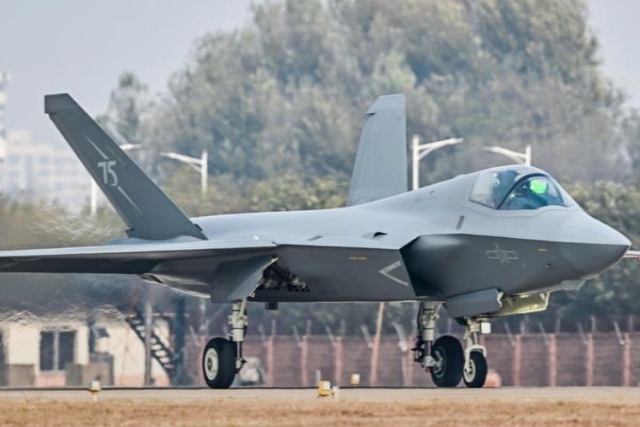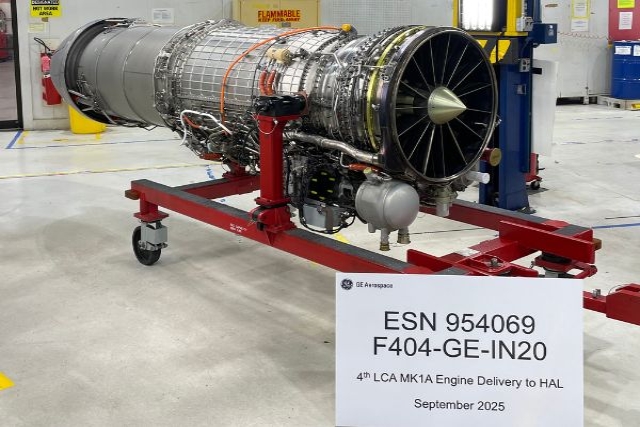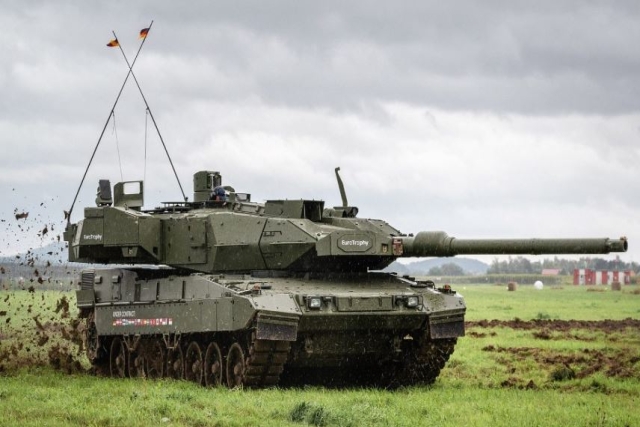USMC Close To First Ch-53K Helicopter Flight
The U.S. Marine Corps CH-53K heavy lift helicopter program successfully completed their first “shake down” test April 17 at the Sikorsky Florida Assembly and Flight Operations facility in West Palm Beach.
The CH-53K ground test vehicle (GTV) prototype ran its engines and drive system with all seven main rotor blades and four tail rotor blades attached – “shaking down” the entire aircraft while still secured to the ground.
“The system performed just as we had expected, and it was nothing short of spectacular,” said Col. Robert Pridgen, U.S. Marine Corps program manager for heavy lift helicopters. “All indications show that we’re on the right track and we intend to sustain this momentum. This is going to be an amazing aircraft.”
The U.S. Navy gave the go-ahead for the powered tests following closure of actions from an October 2013 test readiness review, after which bare head light off test events were initiated using auxiliary power at the Sikorsky facility in December. Bare head testing under full power with three 7,500 shaft horsepower GE38-1B engines began on Jan. 24.
The GTV will play a key role for the U.S. Marine Corps during hundreds of hours of powered ground tests as the CH-53K team prepares for first flight and the three-year flight test program. By accumulating operational experience ahead of the four flight test aircraft — currently in final assembly — the GTV can measure and verify the ability of the drive system, transmissions and engines to safely and efficiently fly the CH-53K helicopter across multiple flight scenarios up to its 88,000-pound maximum gross weight with an external load.
The first of the four flight test helicopters — known as engineering development models — will take to the skies in late 2014. During the three-year flight test program, each flight test aircraft is expected to accumulate approximately 500 flight test hours. To ensure safety of flight, the GTV will continue to accumulate hundreds of operational endurance hours ahead of the flight aircraft.
The CH-53K is the U.S. Marine Corps’ heavy lift replacement for the CH-53E and when fielded will expand the fleet’s ability to move more material, more rapidly throughout the area of responsibility, using proven and mature technologies. Designed to lift approximately 15 tons (27,000 lbs. / 12,247 kg) at a mission radius of 110 nautical miles (203 km), in Navy high/hot environments, the CH-53K will triple the baseline CH-53E lift capability while reducing the logistics shipboard footprint, operating costs per aircraft, and direct maintenance man-hours per flight hour.
The Department of Defense program of record remains at 200 CH-53K aircraft with a U.S. Marine Corps initial operational capability in 2019. The Marine Corps intends to stand up eight operational squadrons and one training squadron to support its operational requirements.










